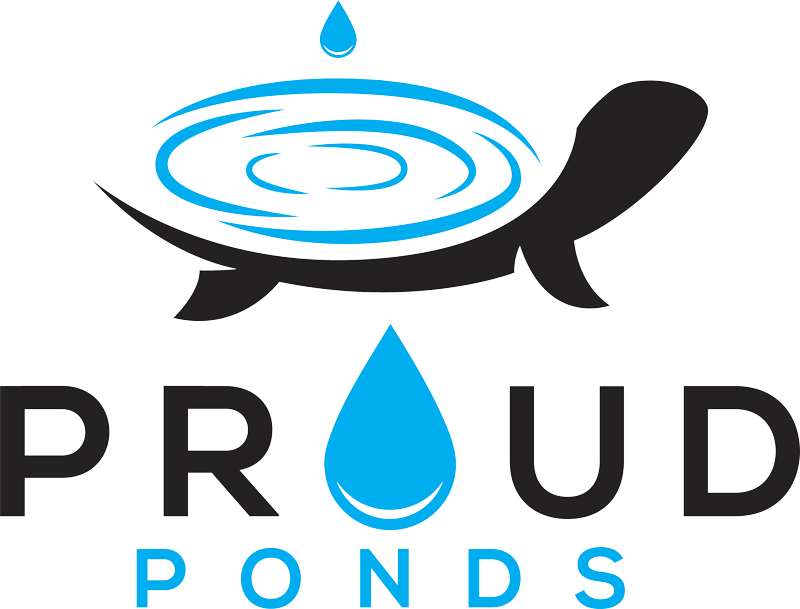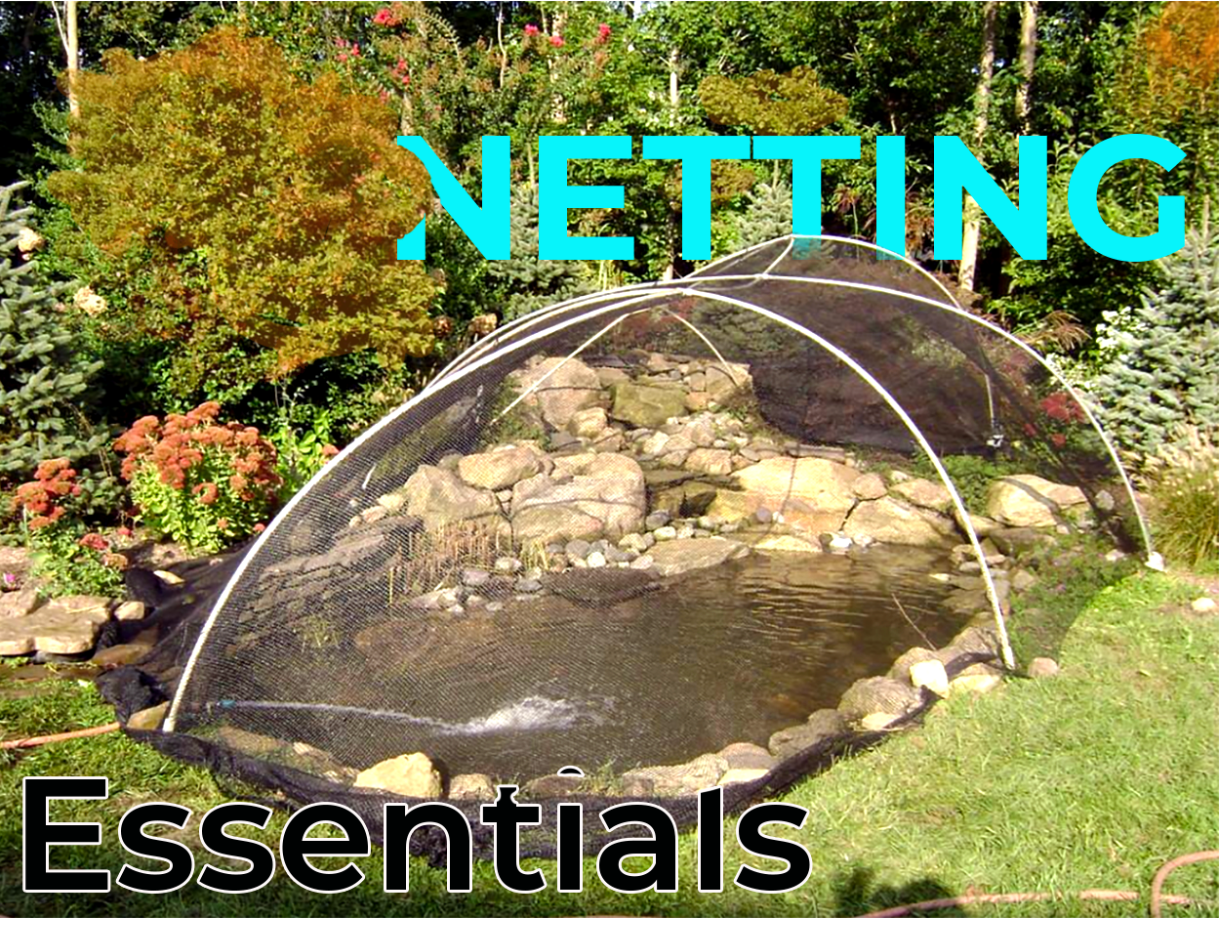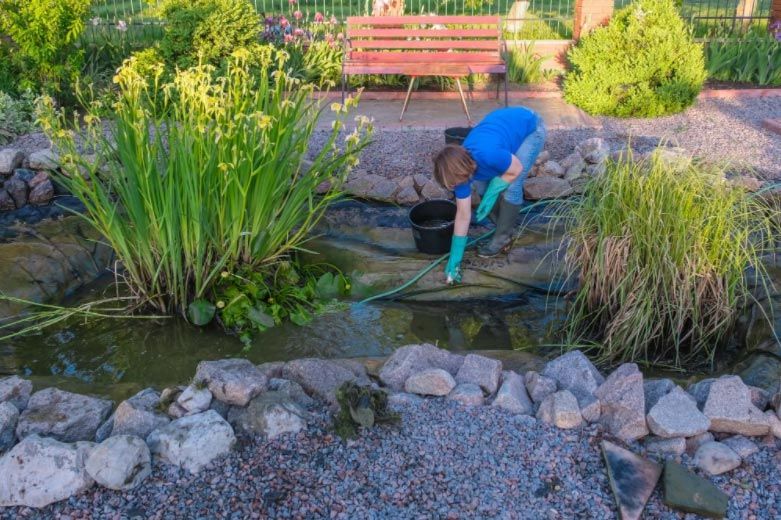Caring for Your Pond Fish During Fall and Winter
Caring for Your Pond Fish During Fall and Winter
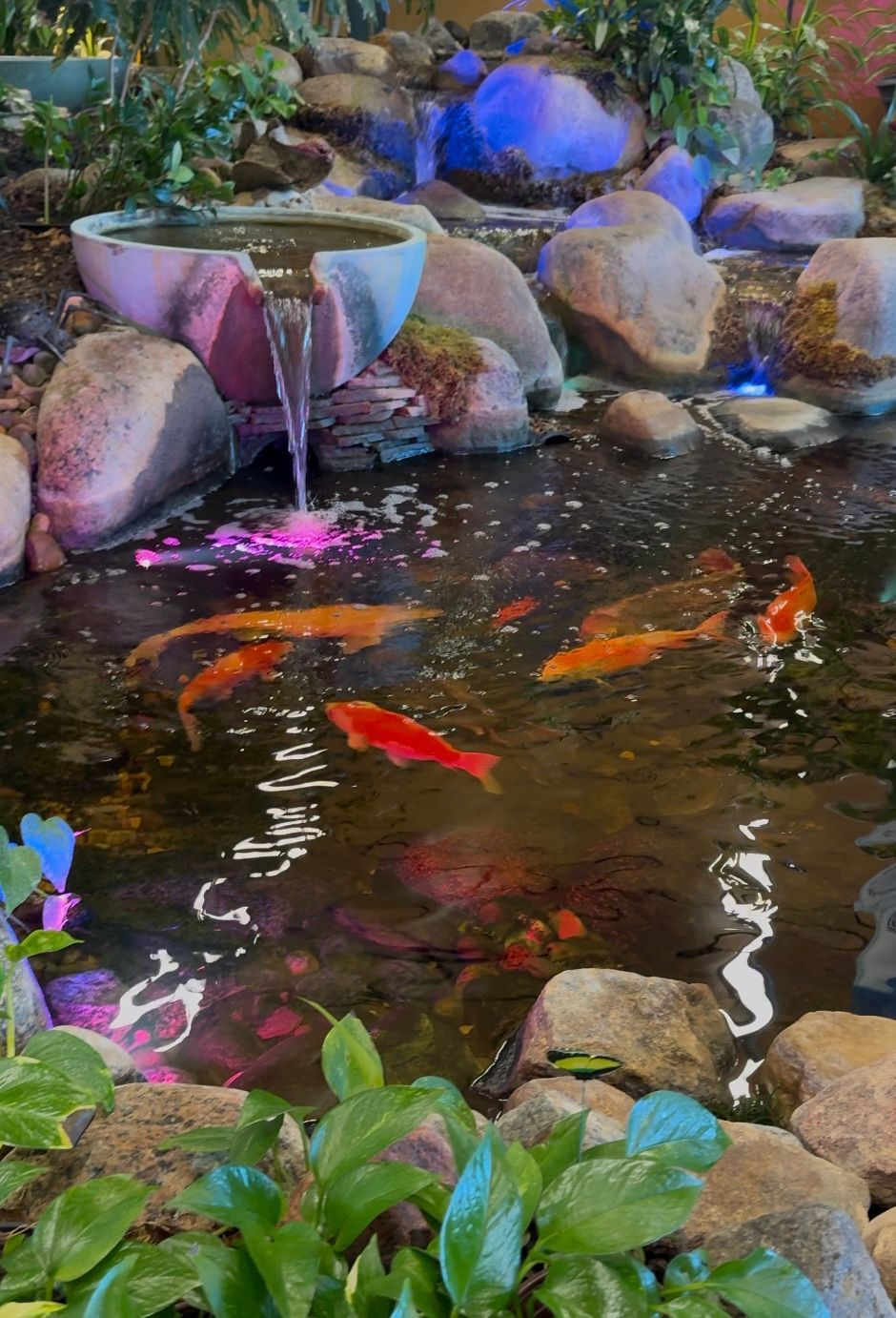
As the seasons change and the temperature begins to drop, it’s essential to adjust your pond care routine to ensure the health and well-being of your fish. Fall and winter can be challenging for aquatic life, but with the right strategies, you can create a safe and healthy environment for your pond fish. Here’s how to care for your fish during these colder months.
1. Monitor Water Temperature
As autumn sets in, keep an eye on the water temperature. Fish are ectothermic, meaning their body temperature depends on their environment. As temperatures drop, their metabolism slows down, leading to reduced activity levels. Use a thermometer to monitor the water, ensuring it doesn’t dip too low for your specific fish species. Most pond fish, like koi and goldfish, can tolerate temperatures down to 32°F (0°C), but they become lethargic and may require special care as it gets colder.
2. Reduce Feeding
As temperatures decrease, fish will naturally eat less. By late fall, you should switch to a low-protein or wheat-germ-based fish food, which is easier for them to digest during colder months. Stop feeding your fish when the water temperature drops below 50°F (10°C). Overfeeding can lead to leftover food that decomposes, harming water quality.
3. Keep the Pond Clean
A clean pond is crucial, especially during the fall when leaves and debris can accumulate. Regularly remove fallen leaves, twigs, and other organic matter to prevent them from decaying in the water, which can lead to harmful conditions. Consider using a pond net to catch leaves before they sink.
4. Aerate the Water
Oxygen levels can drop in colder months, especially if the pond is covered in ice. Consider adding an aeration system or a pond de-icer to keep a section of the surface open. This allows for gas exchange and helps maintain a healthy environment for your fish. Proper aeration can also prevent the buildup of toxic gases beneath the ice.
5. Create Hiding Spots
As the water cools, fish will seek refuge in deeper areas of the pond or among plants. Provide plenty of hiding spots, such as submerged rocks, logs, or aquatic plants. This not only gives fish a sense of security but also helps reduce stress during the colder months.
6. Monitor Water Quality
Even in winter, it’s important to check your pond’s water quality regularly. Test for ammonia, nitrites, nitrates, and pH levels. Maintain a healthy balance, as fluctuations can stress your fish. If your pond is properly balanced, it can provide a safe habitat throughout the winter.
7. Prepare for Ice
If you live in an area where ponds freeze over, take precautions to prepare for ice formation. A pond heater or de-icer will create a hole in the ice, allowing gas exchange and preventing dangerous buildup of harmful gases. Never break the ice manually, as this can shock and harm your fish.
8. Educate Yourself
Understanding the specific needs of your fish species is crucial for their survival. Research the behavior and care requirements of your pond fish, whether they are koi, goldfish, or native species. This knowledge will help you make informed decisions throughout the fall and winter months.
Caring for your pond fish during the fall and winter is a crucial aspect of maintaining a healthy ecosystem. By monitoring water temperature, reducing feeding, keeping the pond clean, ensuring proper aeration, providing hiding spots, and maintaining water quality, you can help your fish thrive through the colder months. With these strategies in place, you’ll be well on your way to enjoying a vibrant pond come spring!
Recent Blog Post
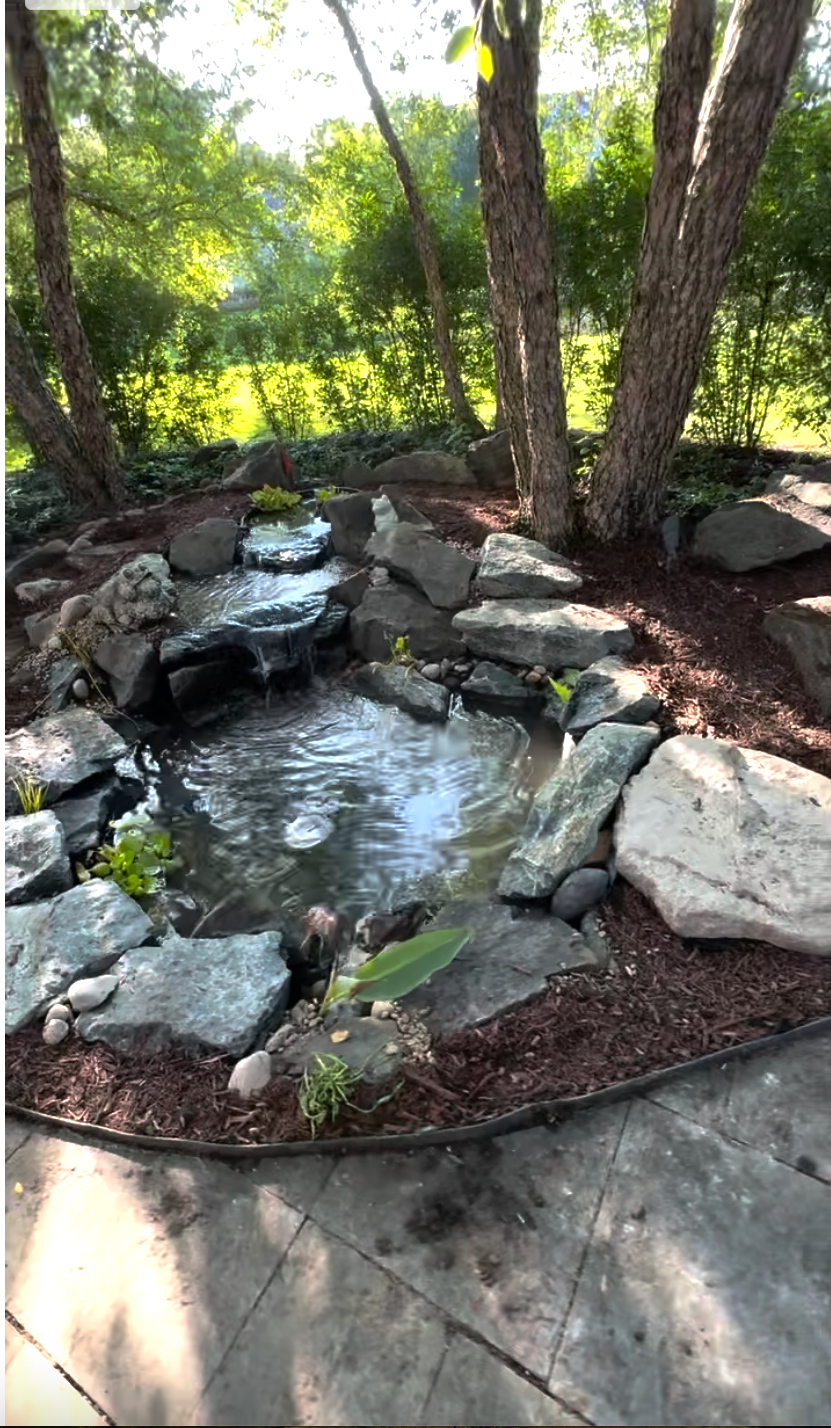
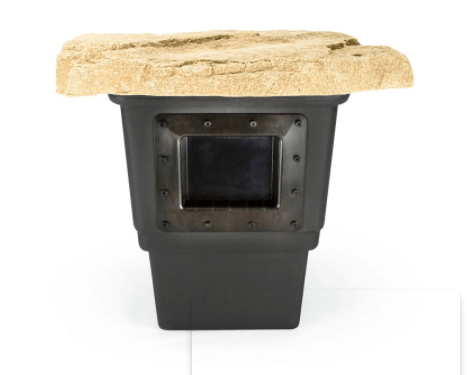

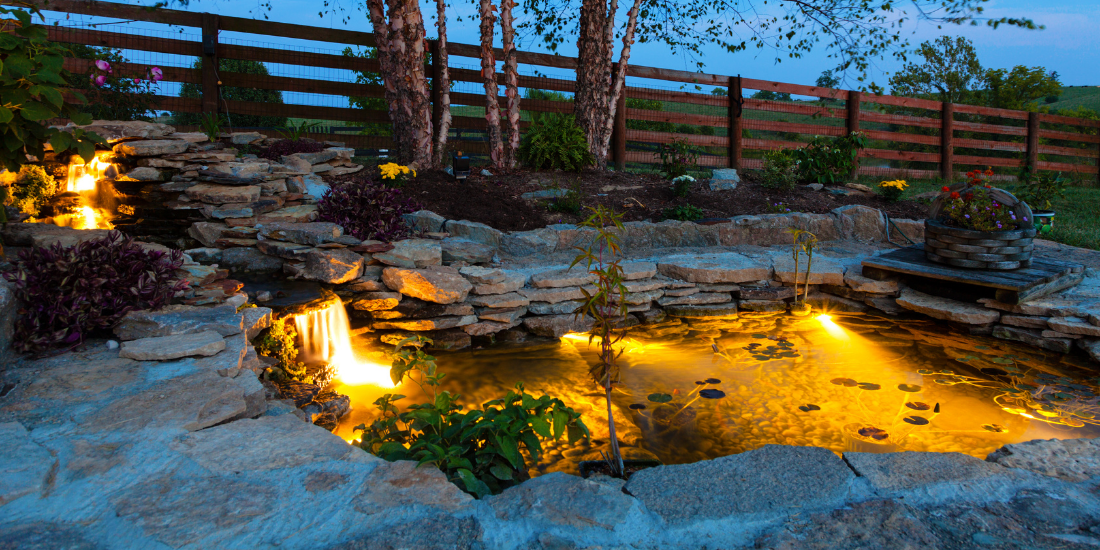
All Rights Reserved | Proud Ponds | Privacy Policy | Design & SEO by BossMan Agency
